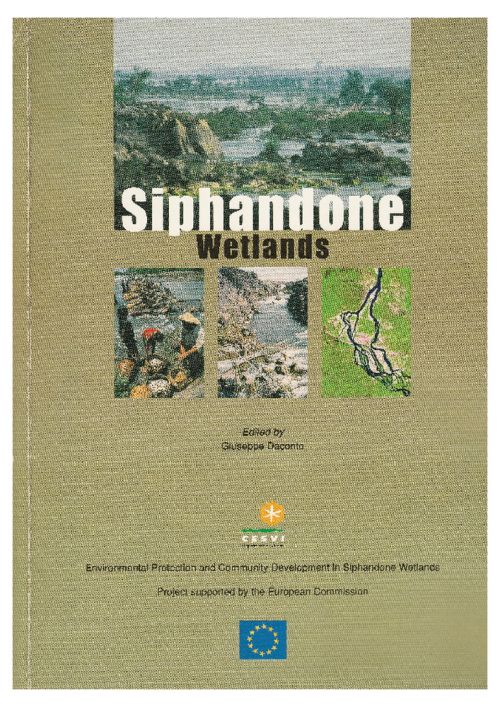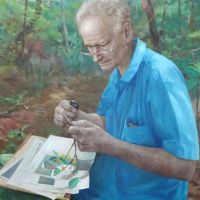Vegetation in the Siphandone Wetlands

FORRU Contributors
The Siphandone Wetlands area is characterized by its complex of channels, rapids, and water falls with numerous sandbars and islands, many of which are submerged during the rainy season (May-October) (Daconto, herewith). The highest points are Phou (mountain) Louang Phou Khong at c. 239 m on Khong Island in the northern part of the study area and a hill c. 150 m high at the southern tip of Khone Island at the southern tip of the research area. Lowland elevations range from c. 75 cm on the plains of Khong Island to c 60 m in the southern part of the area. The area has been settled for a long time and there is evidence of an ancient civilisation on Khone Island where the remains of a Buddhist temple is found on the top of the hill on the southern part of the Island. This temple must be hundreds of years old indicating that a town of some permanency and size must have existed there to support it. Large scale exploitation of the natural resources in the area was done by French colonialists from the latter half of last century, until 1941, when the Japanese took over, up to 1945. The impact of settlement and long history of exploitation in the region has resulted in the presently devastated condition of the forest.
This chapter summarises the findings of surveys carried out by the author during the following periods: October 1997- end of the rainy season, Mekong River water level high; late January. early February 1998 - dry season, river level falling; late April-early May 1998 driest and hottest time of the year, river level lowest: and Mid-September 1998 - peak of the rainy season. river level high (Maxwell, 1999). The surveys enabled the collection of plant specimens, which were carried to Chiang Mai University Herbarium for identification, while duplicates were also kept at the Biology Department, National University of Lao (Vientiane). 731 species (134 families) were identified (Appendix 2).

